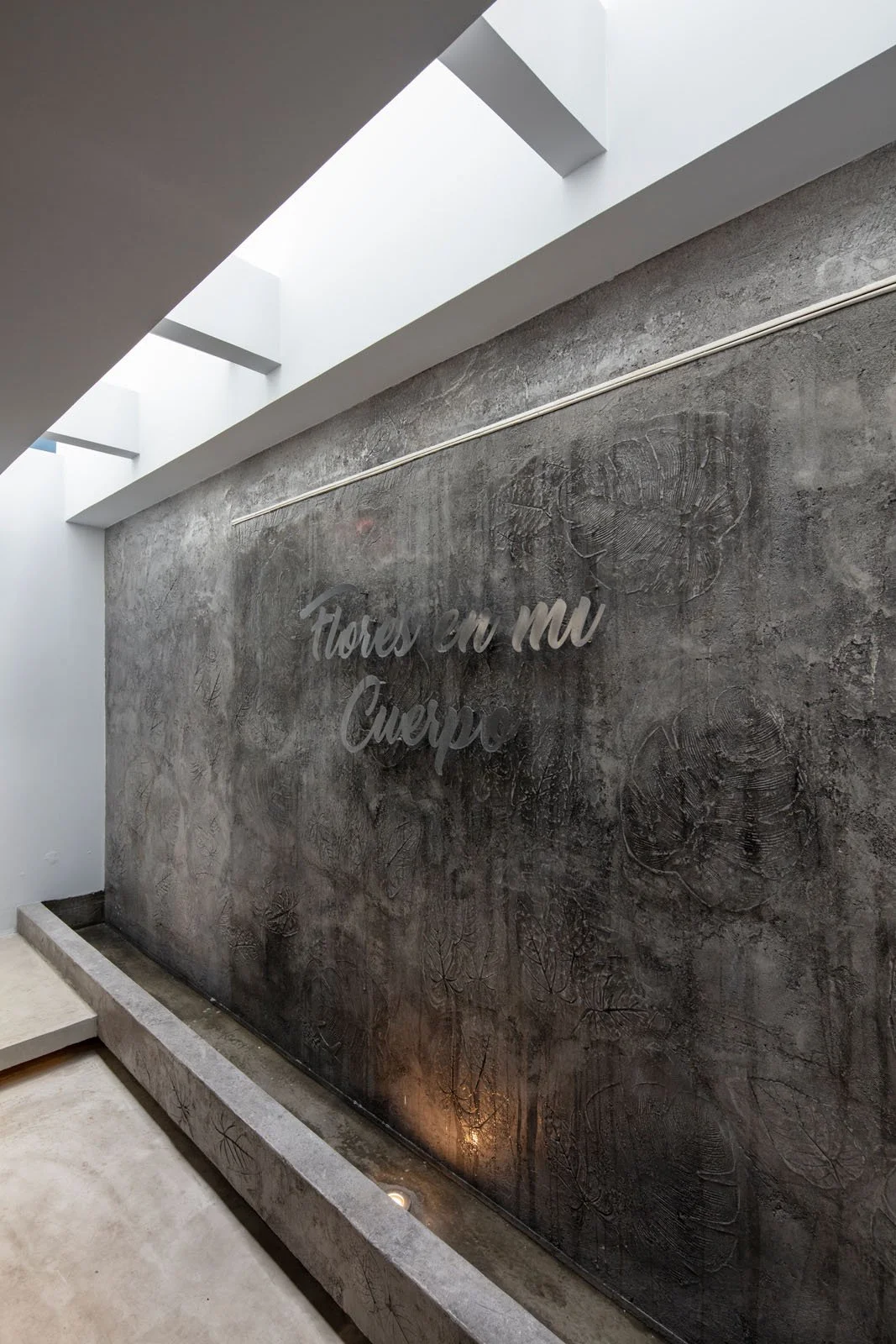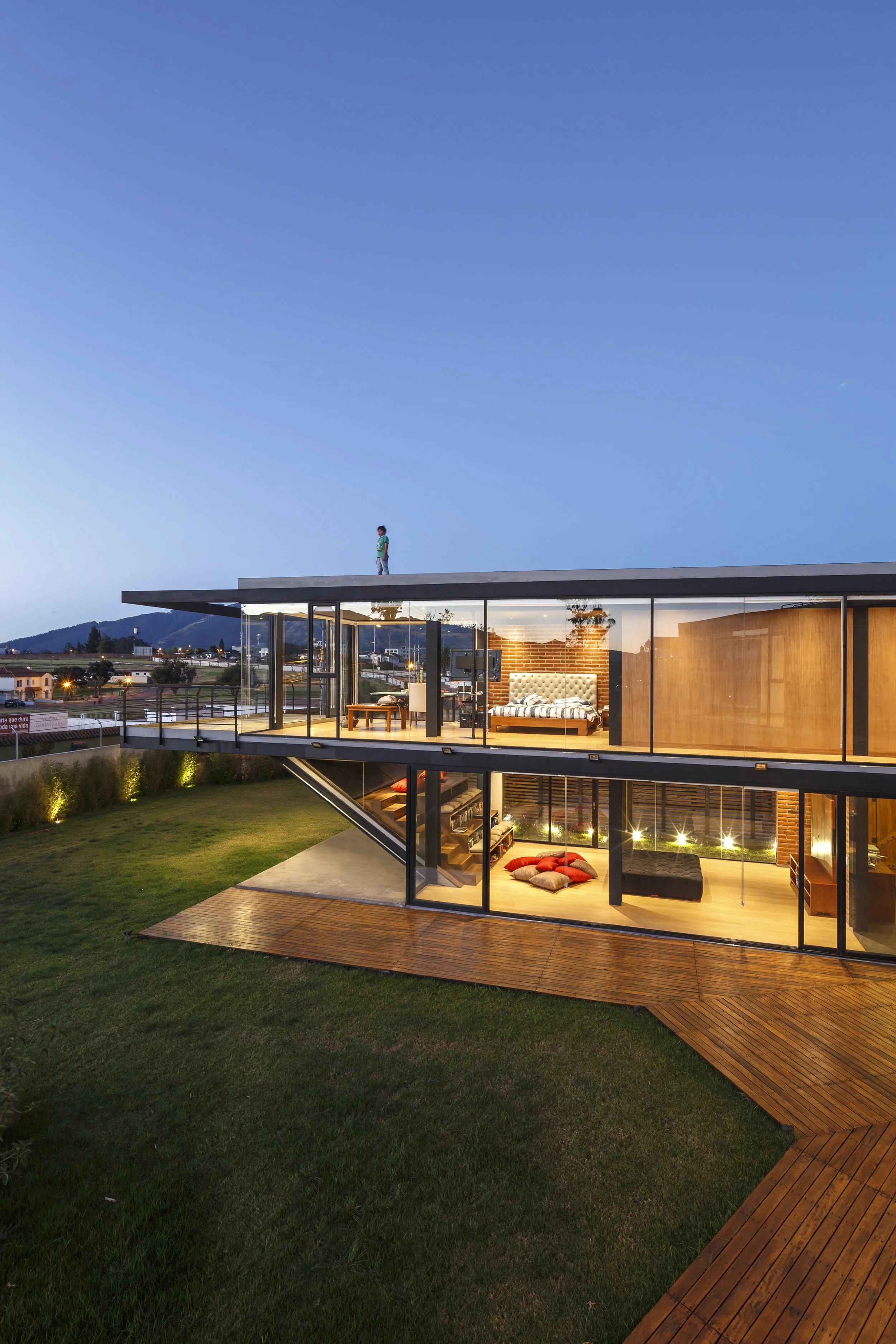#456 - ANA DURAN, Co-Principal of Estudio A0 & Assistant Professor at Yale School of Architecture
SUMMARY
This week David and Marina of FAME Architecture & Design are joined by Ana Maria Duran Calisto, Co-Principal of Estudio A0 and Daniel Rose Visiting Assistant Professor at the Yale School of Architecture. The three discussed the shift in relationship between technology, culture and nature in architecture; the cultural background of South America; architecture and the Amazonia; the colonial and monocultural mindset; Ana’s educational background; shifting career paths; the University of Amazonia design competition; and more. Enjoy!
ABOUT ANA
Durán Calisto is co-principal at Estudio A0 and Visiting Assistant Professor at the Yale School of Architecture. She has taught at PUCE, Harvard, Pratt, Columbia, the University of Michigan, IAAC, Universidad Católica de Temuco, and UCLA. She is a PhD candidate at UCLA. In 2011 she was awarded a Loeb Fellowship and in 2024 a Public Voices Fellowship. In 2022 she received the Mark Cousins Theory award. She curated and designed the exhibition “Surfacing — The Civilised Agroecological Forests of Amazonia” for the 2023 Venice Architecture Biennale. She was co-awarded a Graham Foundation grant in 2024. Durán Calisto is a member of the Science Panel for the Amazon, a consultant for CAF and IDB, and was the advisor to the Ministry of Housing and Urban Development of Ecuador on the national agenda for UN Habitat III. She has co-edited the books Ecological Urbanism in Latin America (2019) and Beyond Petropolis: Designing a Practical Utopia in Nueva Loja (2015). She publishes and lectures extensively, both nationally and internationally.
TIMESTAMPS
(00:00) Technology, Culture, and Nature in Architecture.
(05:19) Shift from Traditional to Modern Architecture Movement.
(13:13) Student Research Projects.
(17:43) Transitioning from research to project.
(21:42) Cultural background of South America.
(27:40) Feeling the split in the Amazonia.
(31:43) False belief that technology will be the savior.
“I feel that sometimes we have too much of a technocratic approach to everything, but that is changing as well. We're starting to realize that innovation is not needed only from the perspective of the materials and the construction systems, which, of course, demand immense quantities of innovation. And ironically, that innovation is stemming from revisiting vernacular architectures, which worked so well from the perspective of dealing with the environmental footprint of architecture. So that is important, and it should be stimulated, promoted, and supported in every single way. But we are also realizing that the soft aspect of architecture, such as policies and legalities, are important too.” (32:08)
(33:45) Awareness of Ecuador’s buffer zone.
“From an environmental planning perspective, I feel that we need to go back to the native origin and rethink it. These networks of original Americans, The First Nations, understood the benefits of each isotope at different levels with different ecologies, and they took full advantage. Native Americans have transformed nature profoundly, but from a perspective of synergy and not from a perspective of antagonism. They understood these ecological relationships well and made them even more abundant. They would exchange with each other, so they had this incredible diversity of products because they would occupy the whole transect, and that has been broken. Now you have thousands of hectares just of soybeans and thousands of hectares of just coffee. This monocultural mindset is very problematic.” (39:40)
(41:47) Colonial mindset.
(51:09) Ana's educational background.
(01:01:47) Exploring different career paths.
(01:13:44) University of Amazonia design competition.
“Unless we change the mentality, architecture is not going to change. That's how I felt as an architect. So why should I keep on doing architecture when the mentality is forcing a pathway that I don't believe in? So, I thought, I’ll do a PhD, find an advisor, and try to write books about what I think architecture means in Amazonia so that we don't keep destroying this place, because that's what we've been doing. We've been destroying Amazonia, imposing our paradigms upon these incredible landscapes, incredible ecosystems, and reducing them to nothing.” (01:18:02)
“The main architecture in Amazonia is the forest, because Amazonians think in terms of planting architecture, which is something that we definitely don’t do in the West. They think in terms of what is going to be needed because part of the equation of agriculture is construction. When you plant the architecture, there's a notion of generation and time. You're using the materials that were planted by another generation when they were planting the architecture for you. And I love that because it never loses the spirit of the forest. So, for the Amazonians, it's a living architecture that is part of the territory and is simply the same forest under a new form. There's no separation between Earth and architecture, between Earth and city. It's the territory under a new living form.” (01:21:22)
(01:23:41) Favorite buildings & part of the Amazon.






















